Seeing the Big Picture: Combining Enterprise Architecture with Process Management
Ever tried watching a 3D movie without those cool glasses people like to take home? Two hours of blurred flashing images is no-one’s idea of fun. But with the right equipment, you get an immersive experience, with realistic, clear, and focused images popping out of the screen. In the same way, the right enterprise architecture brings the complex structure of an organization into focus.
We know that IT environments in today’s modern businesses consist of a growing number of highly complex, interconnected, and often difficult-to-manage IT systems. Balancing customer service and efficiency imperatives associated with social, mobile, cloud, and big data technologies, along with effective day-to-day IT functions and support, can often feel like an insurmountable challenge.
Enterprise architecture can help organizations achieve this balance, all while managing risk, optimizing costs, and implementing innovations. Its main aim is to support reform and transformation programs. To do this, enterprise architecture relies on the accuracy of an enterprise’s complex data systems, and takes into account changing standards, regulations, and strategic business demands.
Components of effective enterprise architecture
In general, most widely accepted enterprise architecture frameworks consist of four interdependent domains:
- Business Architecture
A blueprint of the enterprise that provides a common understanding of the organization, and used to align strategic objectives and tactical demands. An example would be representing business processes using business process management notation.
- Data Architecture
The domain that shows the dependencies and connections between an organization’s data, rules, models, and standards.
- Applications Architecture
The layer that shows a company’s complete set of software solutions and their relationships with each other.
- Infrastructure Architecture
Positioned at the lowest level, this component shows the relationships and connections of an organization’s existing hardware solutions.
Effective EA implementation means employees within a business can build a clear understanding of the way their company’s IT systems execute their specific work processes, as well as how they interact and relate to each other. It allows users to identify and analyze application and business performance, with the goal of enabling underperforming IT systems to be promptly and efficiently managed.
In short, EA helps businesses answer questions like:
- Which IT systems are in use, and where, and by whom?
- Which business processes relate to which IT systems?
- Who is responsible for which IT systems?
- How well are privacy protection requirements upheld?
- Which server is each application run on?
The same questions, shifted slightly to refer to business processes rather than IT systems, are what drive enterprise-level business process management as well. Is it any wonder the two disciplines go together like popcorn and a good movie?
Combining enterprise architecture with process management
Successful business/IT alignment involves effectively leveraging an organization’s IT to achieve company goals and requirements. Standardized language and images (like flow charts and graphs) are often helpful in fostering mutual understanding between highly technical IT services and the business side of an organization.
In the same way, combining EA with collaborative business process management establishes a common language throughout a company. Once this common ground is established, misunderstandings can be avoided, and the business then has the freedom to pursue organizational or technical transformation goals effectively.
At this point, strengthened links between management, IT specialists, and a process-aware workforce mean more informed decisions become the norm. A successful pairing of process management, enterprise architecture, and IT gives insight into how changes in any one area impact the others, ultimately resulting in a clearer understanding of how the organization actually functions. This translates into an easier path to optimized business processes, and therefore a corresponding improvement in customer satisfaction.
Effective enterprise architecture provides greater transparency inside IT teams, and allows for efficient management of IT systems and their respective interfaces. Along with planning continual IT landscape development, EA supports strategic development of an organization’s structure, just as process management does.
Combining the two leads to a quantum leap in the efficiency and effectiveness of IT systems and business processes, and locks them into a mutually-reinforcing cycle of optimization, meaning improvements will continue over time. Both user communities can contribute to creating a better understanding using a common tool, and the synergy created from joining EA and business process management adds immediate value by driving positive changes company-wide.
Want to find out more? Put on your 3D glasses, and test your EA initiatives with Signavio! Sign up for your free 30-day trial of the Signavio Business Transformation Suite today.


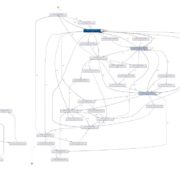
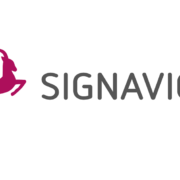
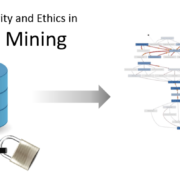
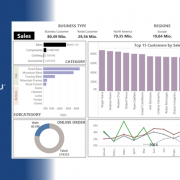
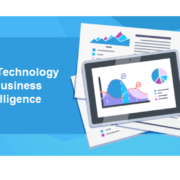



Leave a Reply
Want to join the discussion?Feel free to contribute!